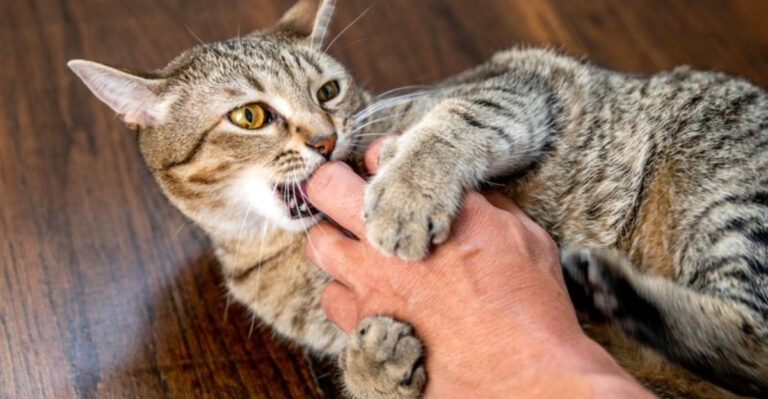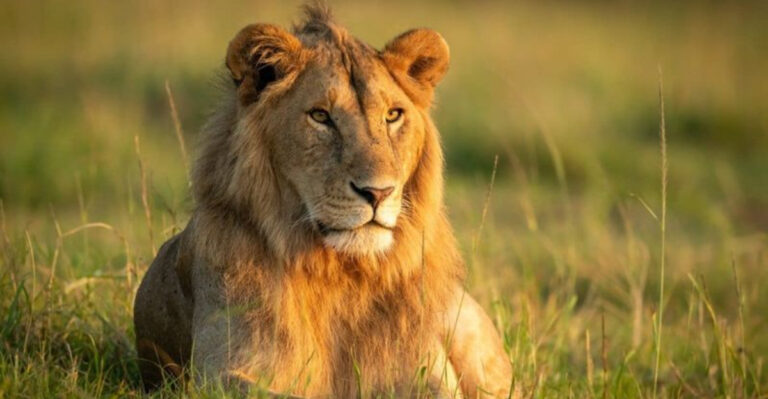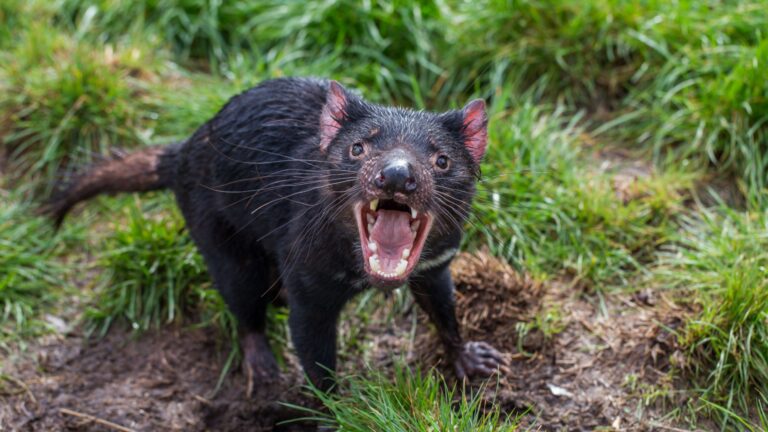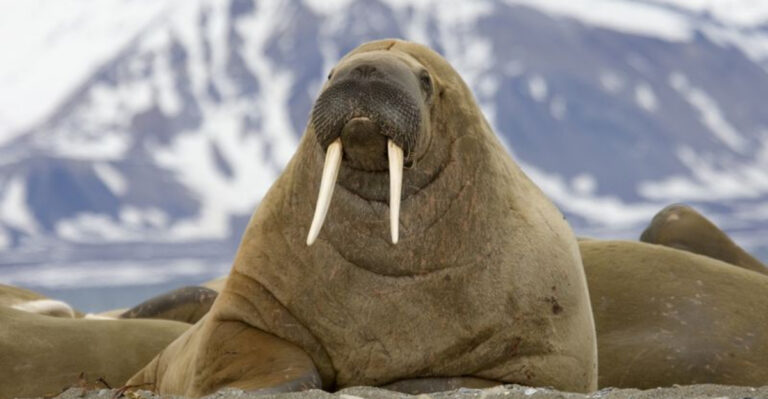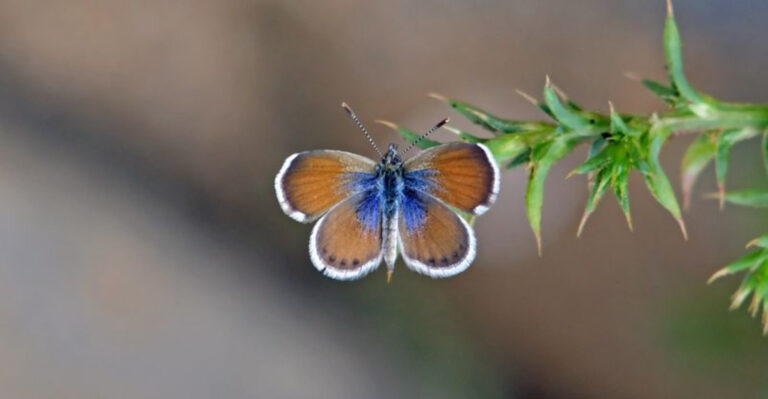14 Aquatic Animals That Breathe Air

Water covers most of our planet, home to millions of amazing creatures. While most sea dwellers breathe through gills, some aquatic animals actually need to come up for air just like us!
These special animals have evolved unique ways to live underwater while still requiring oxygen from the atmosphere.
1. Bottlenose Dolphins

Masters of both intelligence and acrobatics, bottlenose dolphins surface regularly to breathe through the blowhole on top of their heads. This specialized nostril can open and close in a split second, allowing them to take in fresh air before returning underwater.
Dolphins can hold their breath for up to 7 minutes, though they typically surface every few minutes. Their blowhole connects directly to the lungs, completely separate from their digestive system, which prevents water from entering their respiratory tract.
2. Sea Turtles

Ancient mariners of our oceans, sea turtles have been breathing air for over 100 million years. Unlike fish, they possess lungs instead of gills and must periodically swim to the surface for oxygen.
Sea turtles are incredibly efficient with their oxygen use. Green sea turtles can stay underwater for up to five hours when resting! This remarkable ability comes from their slow metabolism and specialized blood that stores extra oxygen when they’re inactive.
3. Humpback Whales
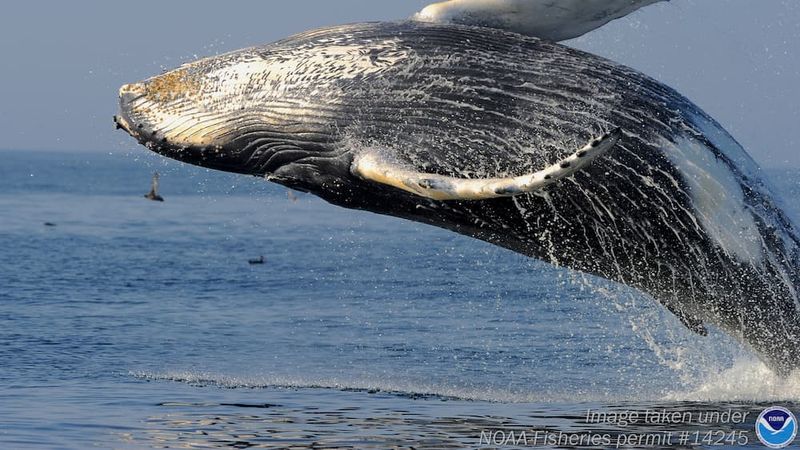
Gentle giants of the deep, humpback whales announce their breathing with spectacular plumes of mist. Their massive lungs can hold enough air to sustain 30-minute dives as they search for krill.
When a humpback surfaces, it exhales forcefully through twin blowholes, creating that iconic spout reaching up to 10 feet high. Each whale’s spout pattern is slightly different, like a fingerprint. Scientists can actually identify individual whales partly by observing these distinctive breathing patterns.
4. River Otters
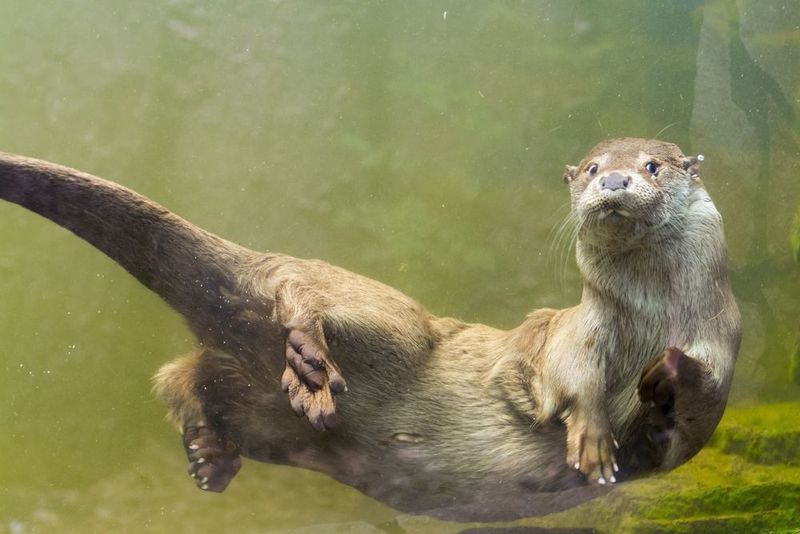
Playful river otters combine underwater agility with surface-breathing requirements. Their specialized nostrils and ears close tightly when submerged, opening again when they pop up for air.
River otters can hold their breath for up to 8 minutes while swimming. Their dense fur traps air bubbles that provide insulation and extra buoyancy. After intense underwater activity, they’ll float on their backs at the surface, resting and breathing deeply before their next fishing expedition.
5. Hippopotamuses

Semi-aquatic giants, hippos spend up to 16 hours daily submerged in rivers and lakes. Their eyes, ears, and nostrils sit high on their heads, allowing them to breathe while mostly underwater.
A hippo’s nostrils automatically close when submerged, and they can hold their breath for up to 5 minutes. They’ve even developed a remarkable reflex that allows them to surface and breathe while sleeping underwater! Their bodies automatically rise to take a breath without fully waking.
6. Manatees

Often called sea cows, manatees must surface every 3-5 minutes to breathe, though they can hold their breath for up to 20 minutes when necessary. Their large, single-chambered lungs run horizontally along their backs, helping them control buoyancy.
Manatees replace 90% of the air in their lungs with each breath, compared to humans who only exchange about 10%. This efficient breathing system helps these gentle giants conserve energy as they graze on seagrass for up to seven hours daily.
7. Crocodiles
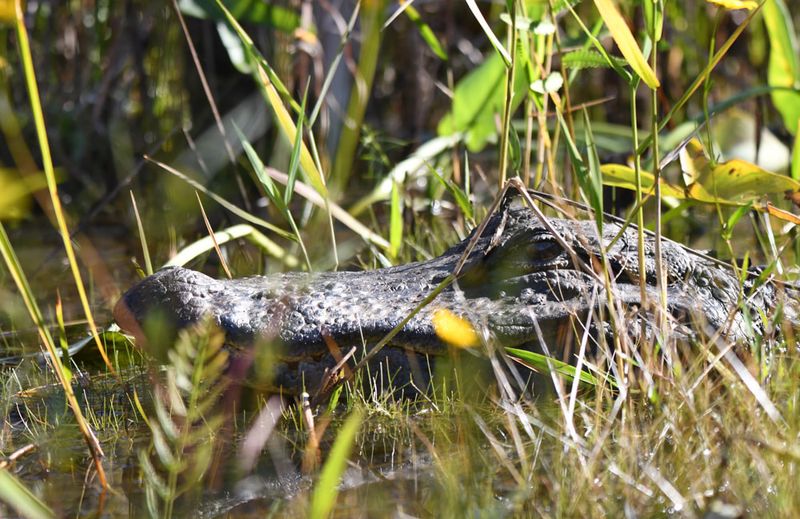
Stealthy predators with ancient lineage, crocodiles breathe through nostrils positioned at the tip of their snouts. This adaptation allows them to remain almost completely submerged while still drawing air.
A special valve at the back of a crocodile’s throat prevents water from entering its lungs when its mouth is open underwater. During cold weather, crocodiles can slow their metabolism dramatically, allowing them to hold their breath for over an hour while hunting or hiding.
8. Platypuses
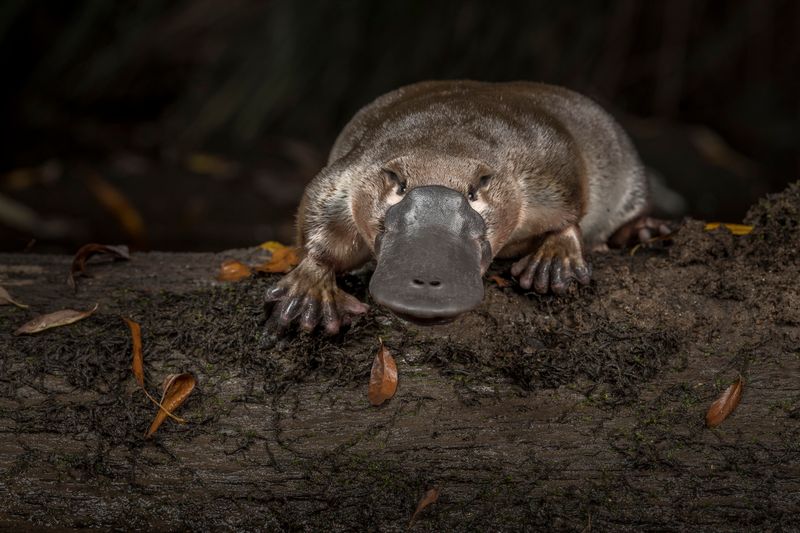
Australia’s duck-billed oddities close their eyes and ears underwater but must return to the surface every minute or so to breathe. Their bills contain special electro-receptors that detect prey movements, compensating for their closed eyes.
Platypuses don’t have a typical nose. Instead, they breathe through two nostril-like openings at the end of their rubbery bills. When swimming, they tuck their bills close to their bodies, creating small ripples as they move stealthily through rivers and streams.
9. Penguins
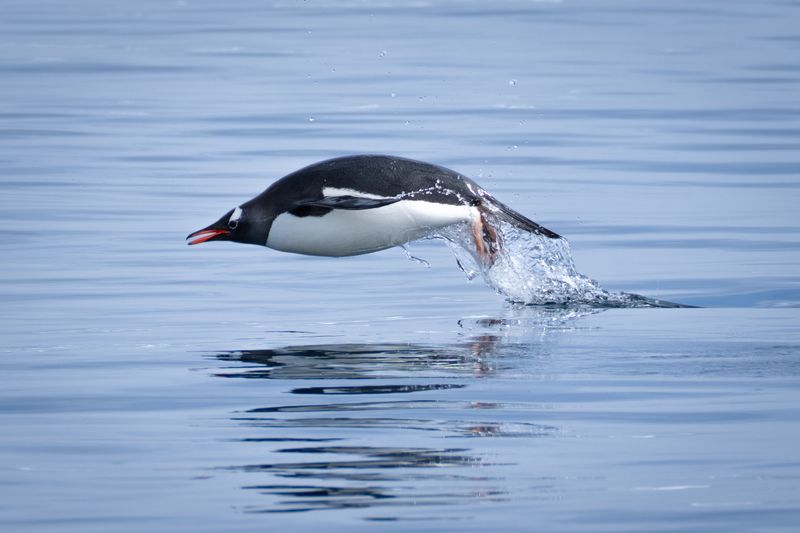
Flightless birds with exceptional swimming abilities, penguins must surface to breathe despite spending up to 75% of their lives in water. Emperor penguins can dive deeper than 1,500 feet and hold their breath for over 20 minutes!
Penguin lungs extract twice as much oxygen from each breath compared to mammals. Their bodies also contain more blood per pound than most animals, allowing them to store extra oxygen. When diving deep, they even slow their heart rates from 100 beats per minute to just 20.
10. Beavers
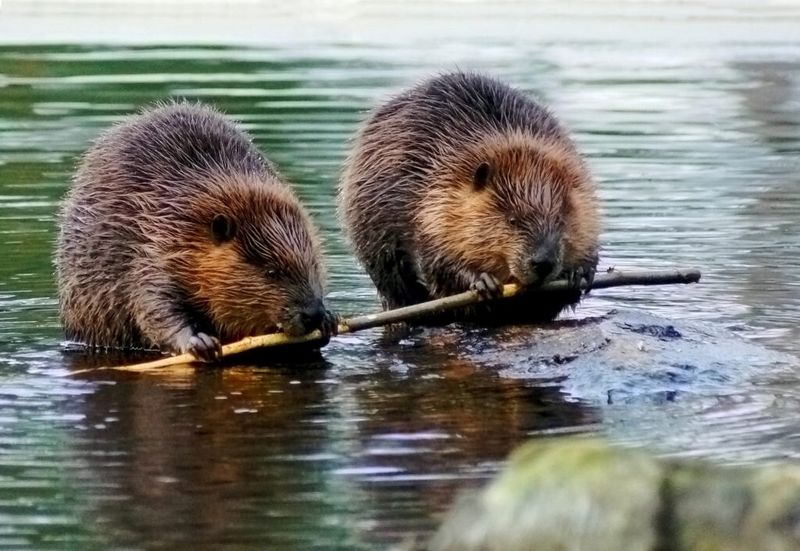
Nature’s engineers possess transparent eyelids allowing them to see underwater while their nose and ear valves seal tightly. Beavers can remain submerged for up to 15 minutes by slowing their heart rates when diving.
A beaver’s lips close behind its front teeth, allowing it to carry building materials underwater without drowning. Their large lungs and efficient oxygen use let them swim up to half a mile underwater before needing air. Young kits can even swim underwater almost immediately after birth!
11. Polar Bears

Supreme Arctic swimmers, polar bears have nostrils that close underwater as they paddle with their front paws and steer with their hind legs. Their thick fur traps air for insulation and added buoyancy in icy waters.
Polar bears can swim continuously for days, covering distances over 60 miles! Their partially webbed front paws act like powerful paddles. Though they typically surface every minute or so to breathe, they can hold their breath for up to two minutes when diving to hunt seals.
12. Walruses
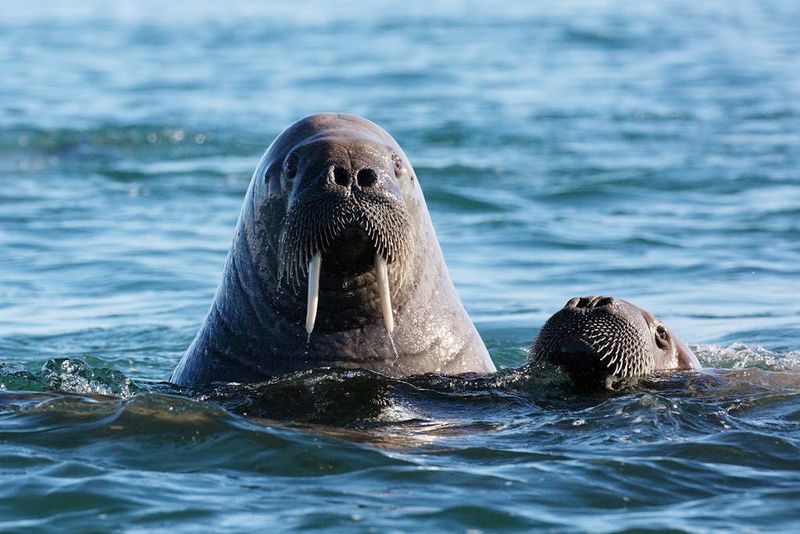
Massive marine mammals with distinctive tusks, walruses have nostrils that close completely underwater. They can sleep floating at the surface, automatically taking breaths without fully waking.
Walruses have an amazing adaptation called pharyngeal pouches. These inflatable throat sacs can fill with air, allowing walruses to float upright while sleeping in water! They can also use these air pouches as pillows when resting on ice, keeping their heads elevated.
13. Seals
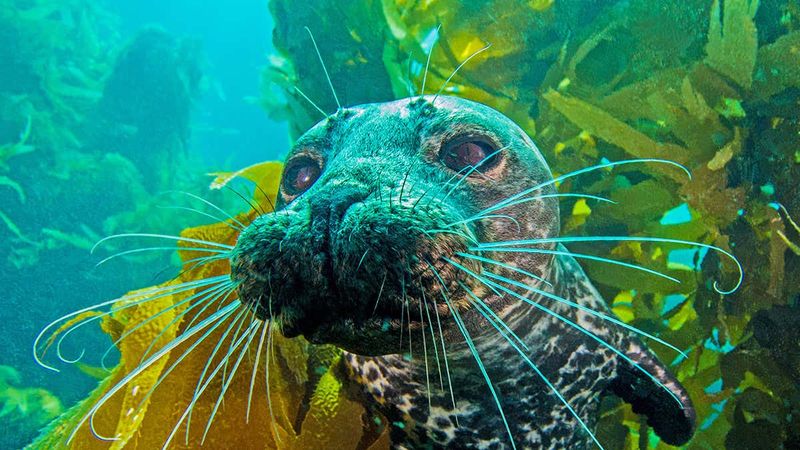
Perfectly adapted for aquatic life, seals collapse their lungs during deep dives to prevent nitrogen absorption that could cause decompression sickness. Harbor seals typically surface every 3-7 minutes but can hold their breath for up to 30 minutes!
Seal blood contains unusually high amounts of hemoglobin, storing oxygen for extended dives. Their muscles also contain high levels of myoglobin, which captures oxygen from the bloodstream. When diving, seals slow their heart rates dramatically and direct blood flow only to vital organs.
14. Marine Iguanas
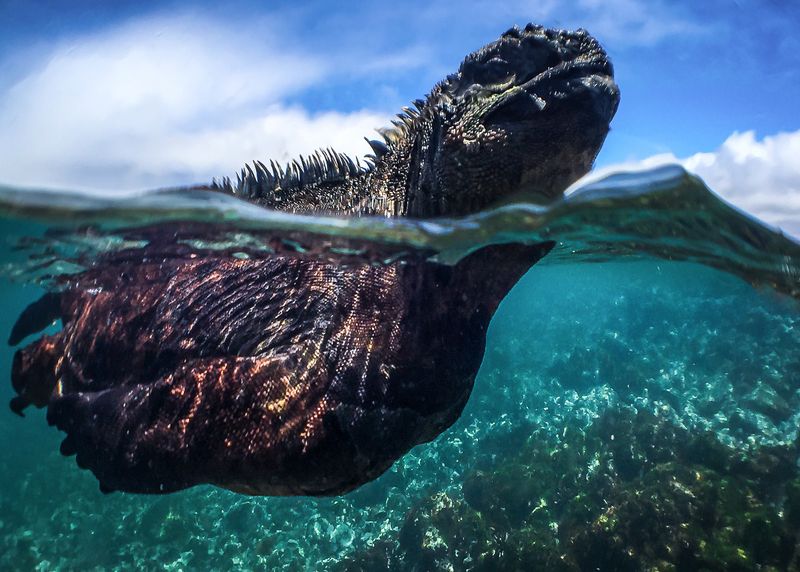
Galapagos specialists, marine iguanas are the world’s only ocean-going lizards. They hold their breath for up to 30 minutes while diving for algae, their primary food source.
After swimming in cold ocean waters, marine iguanas must warm up on sun-baked volcanic rocks. They have a unique adaptation to conserve oxygen underwater: their hearts slow to half their normal rate! These remarkable reptiles can even shrink their bodies and bones during food shortages, then regrow when algae becomes plentiful again.

